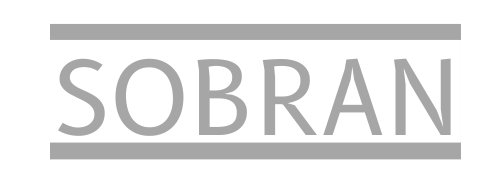After the installation of a rooftop solar plant, it is essential to conduct thorough checks and inspections to ensure safety and optimal performance. Here are some key things to check after the installation of a rooftop solar plant:
- Electrical Components:
- Inspect all electrical components, including panels, inverters, junction boxes, and wiring, for signs of damage, corrosion, or loose connections.
- Verify that all electrical connections are properly secured and insulated to prevent electrical hazards.
- Check for proper grounding and bonding of electrical equipment to minimize the risk of electric shocks and fires.
- Mounting System and Structural Integrity:
- Assess the integrity of the mounting system and ensure that solar panels are securely anchored to the roof structure.
- Inspect the roof surface for any signs of penetration, damage, or deterioration that may compromise the structural integrity of the installation.
- Verify that the mounting system is designed and installed in accordance with engineering specifications and building codes.
- Waterproofing and Roof Penetrations:
- Check for proper waterproofing and sealing around roof penetrations, including mounting brackets, conduits, and wiring entry points.
- Ensure that flashing and sealants are applied correctly to prevent water infiltration and potential roof leaks.
- Safety Labels and Signage:
- Verify that all necessary safety labels, warning signs, and instructional signage are installed and clearly visible, indicating electrical hazards, emergency shutdown procedures, and other safety precautions.
- Ensure that appropriate cautionary labels are affixed to electrical enclosures, disconnect switches, and other accessible components.
- Fire Safety Measures:
- Inspect fire-resistant materials and fire barriers installed around rooftop solar equipment to prevent the spread of fire in the event of an electrical fault or malfunction.
- Check that smoke detectors, fire extinguishers, and other fire safety equipment are in place and operational as per local regulations.
- Monitoring and Control Systems:
- Test the functionality of monitoring and control systems to ensure proper communication between solar panels, inverters, and monitoring devices.
- Verify that data logging and reporting mechanisms are operational and providing accurate information on system performance, energy production, and potential issues.
- Grounding and Bonding:
- Confirm that all metal components, including racking systems, conduits, and enclosures, are properly bonded and grounded to mitigate the risk of electrical shock and lightning damage.
- Perform periodic resistance testing to ensure that grounding systems meet regulatory requirements and provide effective protection against electrical faults.
- Documentation and Compliance:
- Review documentation, including installation manuals, electrical diagrams, warranties, and inspection reports, to ensure compliance with manufacturer specifications and industry standards.
- Keep detailed records of installation, maintenance activities, and any modifications made to the rooftop solar system for future reference and regulatory compliance.
By conducting comprehensive checks and inspections after the installation of a rooftop solar plant, stakeholders can identify and address potential safety issues, ensure regulatory compliance, and maximize the performance and longevity of the solar installation. Regular maintenance and periodic inspections are essential to maintaining a safe and reliable rooftop solar system.


I don’t think the title of your article matches the content lol. Just kidding, mainly because I had some doubts after reading the article.
You have observed very interesting points!
ps nice website.Raise your business
Your article helped me a lot, is there any more related content? Thanks!